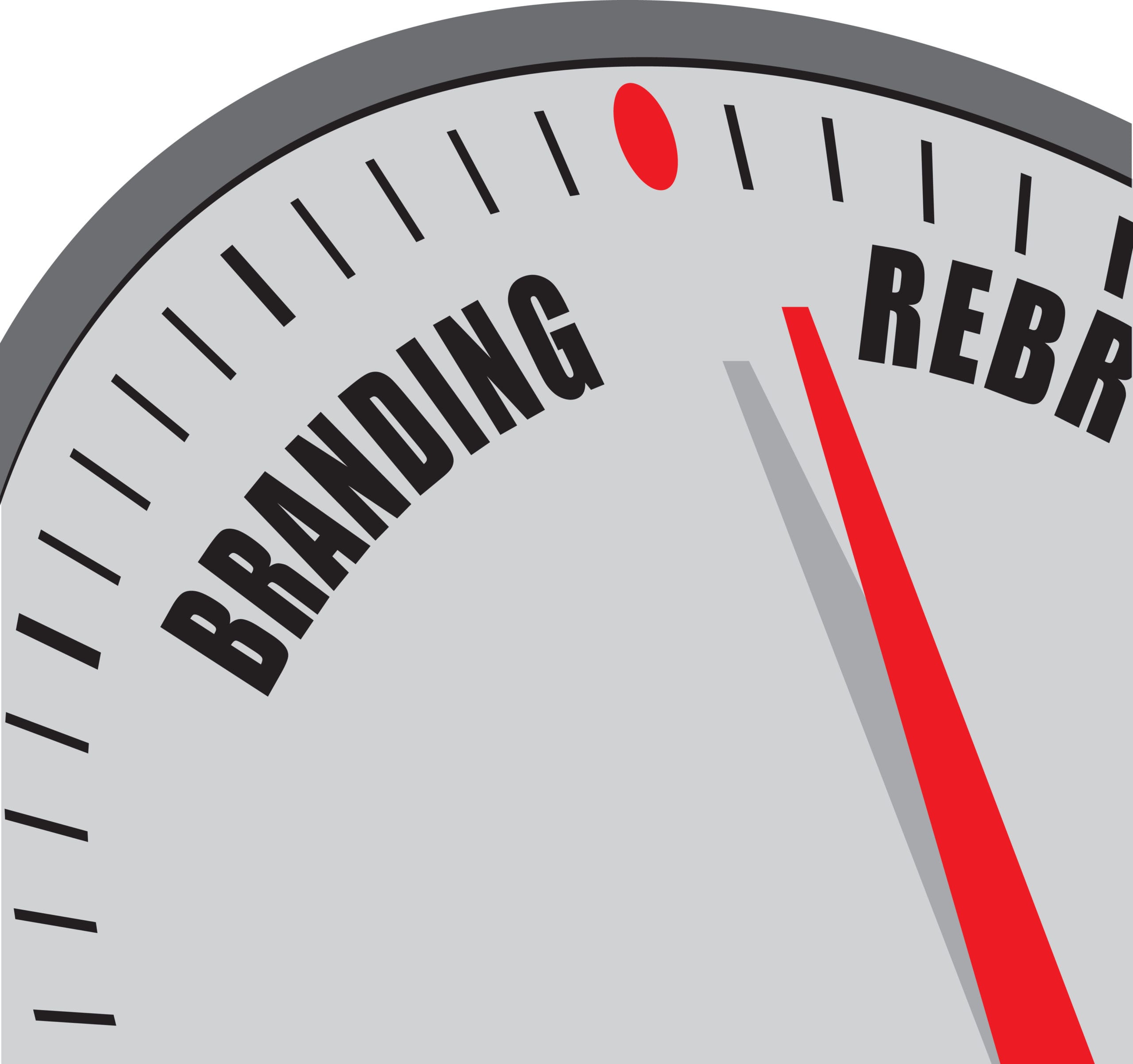Brian Hall - April 10, 2020 - Brand Development

Trademark owners have an affirmative duty to police their brand from unauthorized third party use. This typically means monitoring online and other use by third parties that may create a likelihood of consumer confusion as to source, sponsorship, endorsement or affiliation with with the trademark owners trademark, service mark, logo, slogan or other source-identifier. When an infringing use is identified, the most typical next step is a demand letter, wherein the trademark owner claims priority of trademark rights and demands, among other things, that the unauthorized third party user cease and desist use of the mark. In the event the unauthorized user agrees to do so, or even worse in the event a Court orders that the unauthorized user do so, a rebrand must occur. Depending upon the stage of your business, there are different considerations as part of the rebrand process.
Start-ups typically do not have the initial budget to perform as comprehensive of a trademark search and availability assessment as well-funded entities. Moreover, branding may not be a top priority (I’ll save my opinion as to whether it should be for now) and, instead, founders may be more focused on product/market fit, customer acquisition and hiring, for example. As a result, oftentimes startups find themselves on the receiving end of a cease and desist letter for trademark infringement (i.e. a demand to rebrand). If there is merit to the demand, which is not always the case, rebranding may be necessary in order to resolve the alleged dispute. Depending upon the stage of the startup, rebranding may be easier if there has not be creation of significant marketing collateral or consumer adoption and thus goodwill. That said, the effort of having to identify a “clear” brand, or one that is not going to infringe a third party mark, can be a difficult one. This is particularly true today as it is becoming more and more difficult to choose a brand eligible for registration and secure the coinciding domain name, social media handles, etc. Nonetheless, most startups that have been forced to rebrand want to make sure they get it right the second time around. I recommend following a Rebranding Checklist, at a minimum, not to mention advice of trademark counsel.
Small and medium sized businesses aren’t immune from a demand to rebrand. The company may have flown under the radar or not overlapped with a prior trademark owner’s right sufficiently enough to warrant action before. Moreover, there may have been a strategic decision to “wait and see” by the trademark owner. Now, however, the demand has been made. Unlike a startup, most small and medium sized businesses as well as emerging and growth companies that have been in existence for some time have more to rebrand. As such, the resources needed to complete the rebrand are typically higher. An experience trademark attorney can not only negotiate phase-out periods and transition-periods as part of any resolution responsive to the demand to rebrand but can also work with your marketing/advertising agency on rebranding best practices and particulars.
Longstanding, institutional companies regularly face rebranding issues. Whether it is because of rebranding an existing logo, creation of a new service or product line and associated mark, or expansion of their main brand (i.e. house mark) into another geographic location or industry, trademark infringement claims are commonplace. These larger entities have more resources to implement a monitoring and enforcement program. Competitors oftentimes are more protective of their marks and space. As one can imagine, trademark infringement litigation can have a major impact on a company, so corporations are both more likely to police and more likely to defend their trademark rights. Nonetheless, in the event of a rebrand, for whatever reason, a comprehensive rebrand strategy and checklist should be created, approved by the CMO, and adhered to by all responsible business groups. While legal reasons may be the driver for a rebrand and should be involved in any rebrand, corporations should be mindful of all aspects of rebranding in order to avoid a poor result. Unsuccessful rebrands can cost a company in many ways.
Whatever your company size or stage, should you receive a demand letter alleging trademark infringement and requesting that you cease and desist use of your mark so as to force you to rebrand, be sure to do the following:
If you properly rebrand, you should be able to transition the goodwill associated with your company and product or service to your new brand.